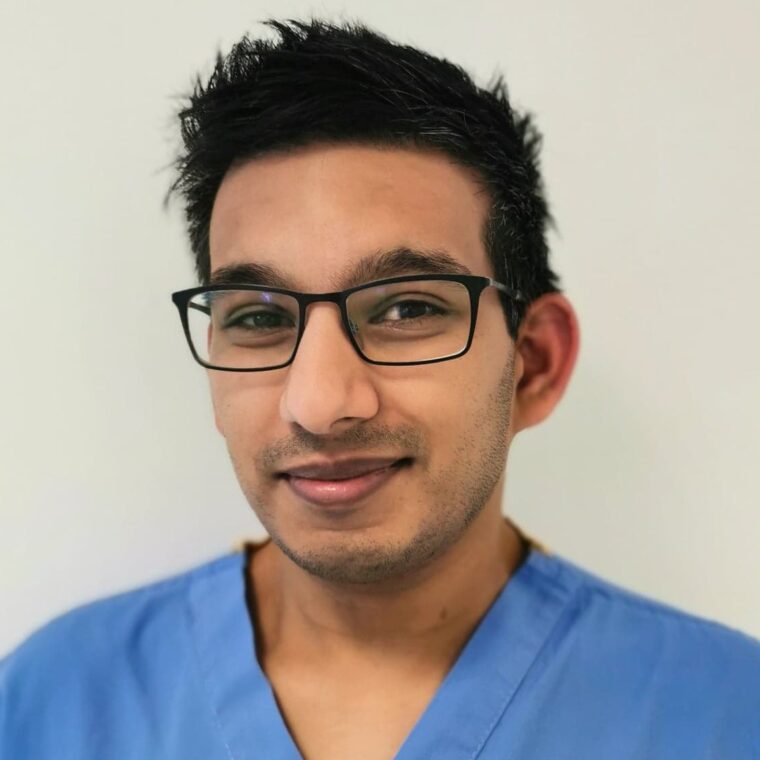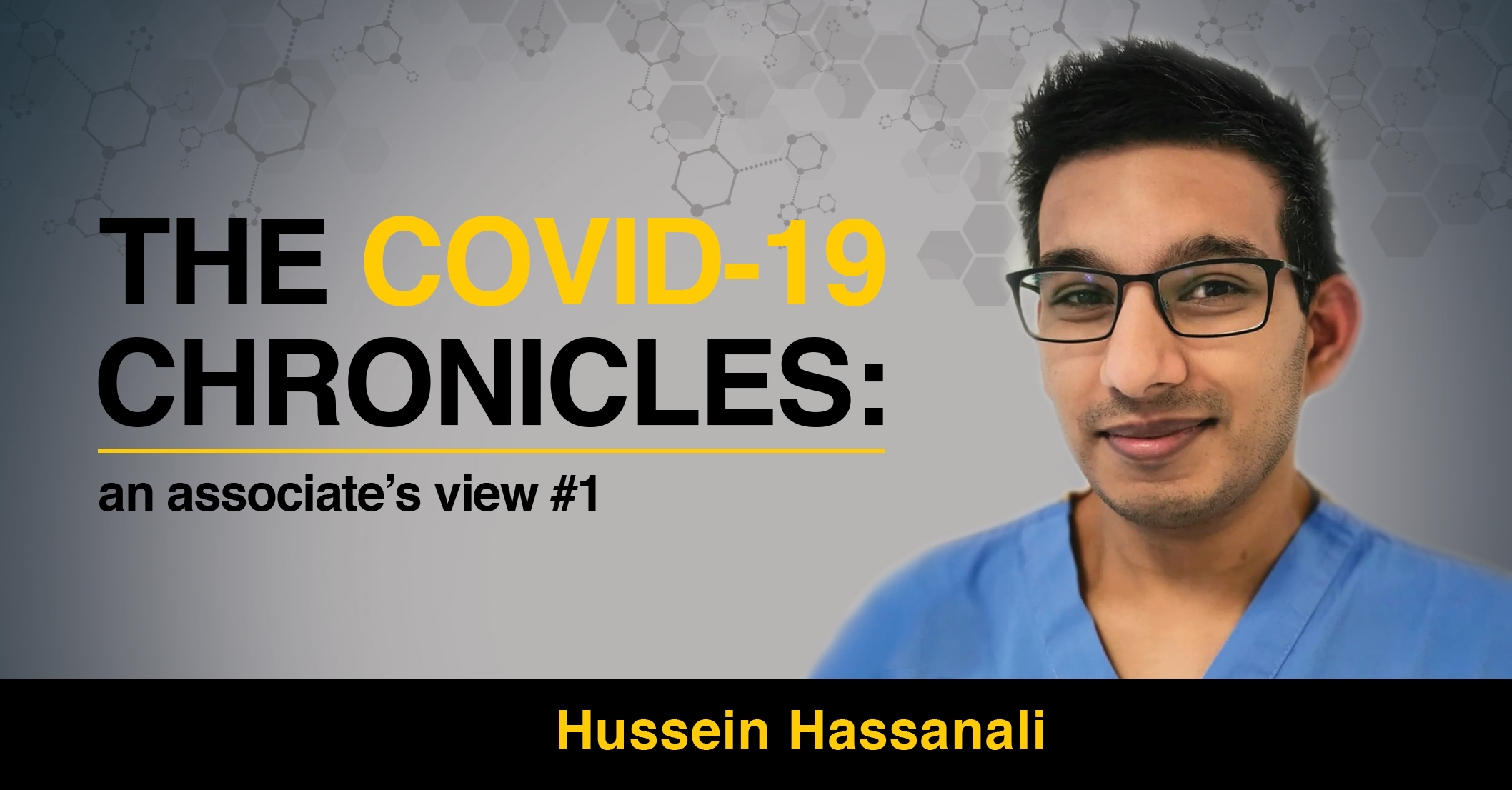It’s quite surreal sitting here writing this on a day when I’d usually be in the practice looking forward to seeing my patients and catching up with their stories since the last time we met.
Towards the middle of March, you could see that worries were growing amongst the public as our appointment diaries dwindled. While the official guidance at the time was practice as normal, staff in practices up and down the country were scared too and I suppose patients at that time really made the decision for us.
With it being the end of the NHS contract year, it was definitely not a great time to have reduced chair-time when practices are in the peak of their UDA delivery. It was almost like a sprinter slowly accelerating to hit their peak speed at the finish line only to crash into a brick wall before reaching it.
Perhaps this is the time to question why a performance-based contract always seems to have an increased flutter of activity towards the end of its period? Is this conveyor belt approach really the best evidence-based way to deliver national dental care that promotes preventative patient attitudes?
At the end of March, we were still seeing risk-assessed patients for face-to-face emergencies only while bearing in mind social distancing and minimising our treatment as much as possible. This lasted for around a week while we were in limbo awaiting further instruction.
Once the order came to down tools, our practice team moved quickly to contact all patients and cancel their appointments up until the end of June. Patients were understanding, and the phone call they received felt more personal than a blanket statement letter. Gone were the days of patients flying in and out of the surgery.
So far, no one knows how all practices will reintroduce clinical work. As the weeks pass, the list of patients that have called with both urgent and routine dental problems continues to grow.
Without initial plans for provision of emergency care networks, the Advice Analgesia Antibiotics (AAA) provisions to patients felt almost useless. There’s only a limited amount you can do with AAA and frustration grew in patients who were getting desperate to access dental care where AAA wasn’t working for them.
Fortunately, we’re a large practice and so have enough dentists that we only need to do a day of AAA each. On average, there are 10-20 calls a day. It’s not a huge workload and patients appreciate that their regular local practice is available for them.
What is frustrating is the number of data entry forms, each one with similar information but slightly different. Surely it would make sense to have one form and distribute it to everyone who can pick and choose the information they need.
It took a few weeks to get the hubs ready, but finally we have somewhere for our patients if the antibiotics aren’t working. Of course, the treatment range is limited but right now there are more important things than teeth. We have volunteered ourselves for redeployment, either to the emergency hub or the wider NHS, but neither have called on our support so far.
So far, no one knows how all practices will reintroduce clinical work. As the weeks pass, the list of patients that have called with both urgent and routine dental problems continues to grow. It’s going to take quite some time to get through this list and these would be the priority to start with.
After that, it will probably be those that had their routine check-ups cancelled. I expect the first few months to be very busy while getting through this backlog of patients who will be added to the workload that would already be there from those patients that were due in then too.
There’s been a lot of talk about aerosols and how aerosol generating procedures increase the risk of spread of Covid-19, this being the reason we have had to stop routine dental treatments. It’s hard to predict when we might get back to seeing our own patients and when we would return to dentistry as it used to be.
When we do get back to dentistry how it was, I’m not expecting any let offs as the UDA target will continue to loom over our heads for as long as it exists. It might even be that we would be expected to make up for any shortfalls.
I’m looking forward to returning to clinical work but I’m definitely not looking forward to being reacquainted with the UDA.
About Hussein Hassanali
 Hussein graduated from the University of Liverpool in 2009 and is an NHS Associate Dentist in York. He has a broad range of experience having worked in both NHS and private, and both corporate and independent practices. He is working towards completing his PG Diploma in Restorative Dentistry and has a keen interest in preventative and minimally invasive dentistry. To date he has over twenty publications to his name and continues to support the profession through his regular contributions, as well as being on the BDJ Reader Panel and an Editorial Advisory Board Member of Young Dentist Magazine.
Hussein graduated from the University of Liverpool in 2009 and is an NHS Associate Dentist in York. He has a broad range of experience having worked in both NHS and private, and both corporate and independent practices. He is working towards completing his PG Diploma in Restorative Dentistry and has a keen interest in preventative and minimally invasive dentistry. To date he has over twenty publications to his name and continues to support the profession through his regular contributions, as well as being on the BDJ Reader Panel and an Editorial Advisory Board Member of Young Dentist Magazine.
